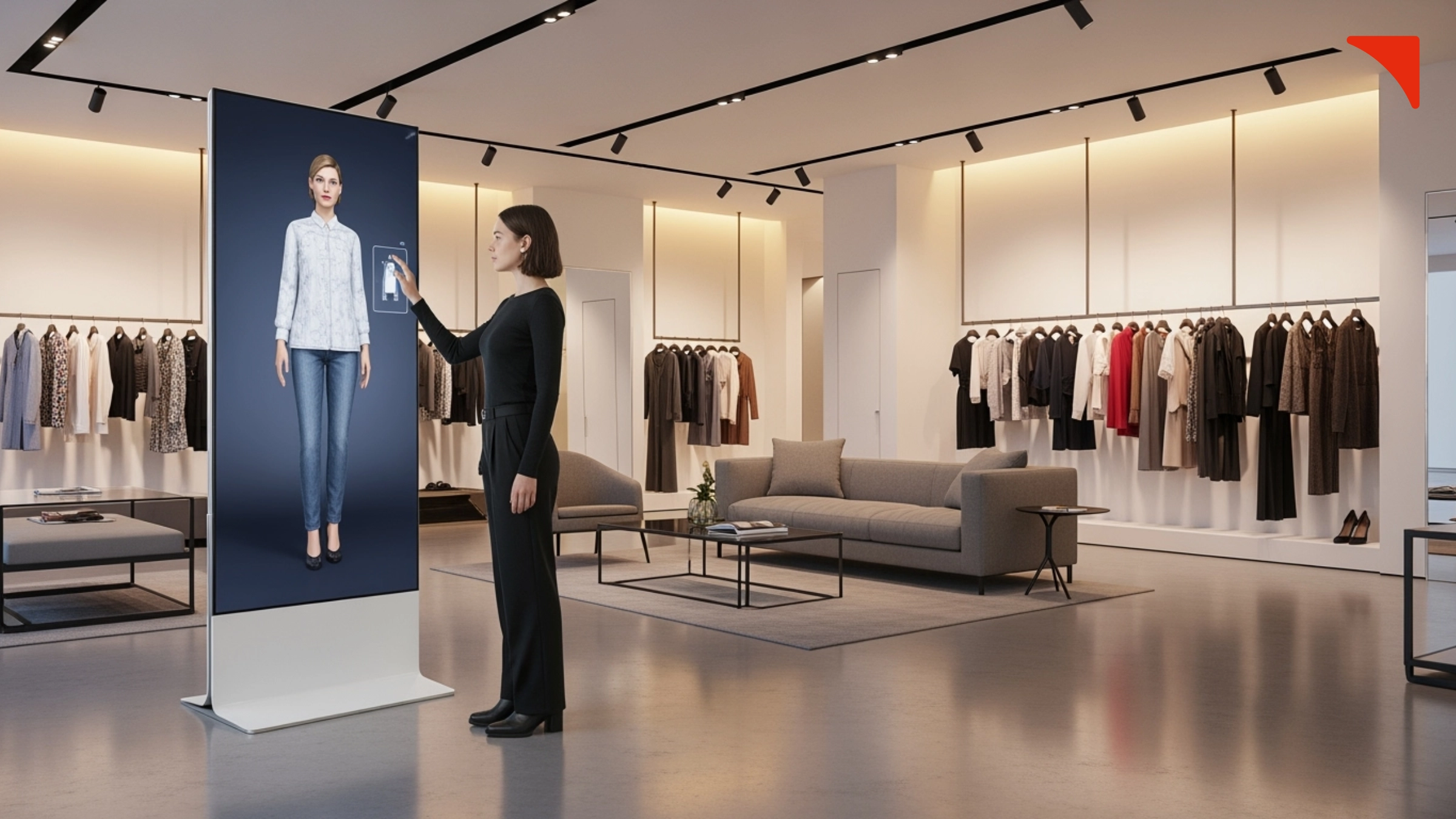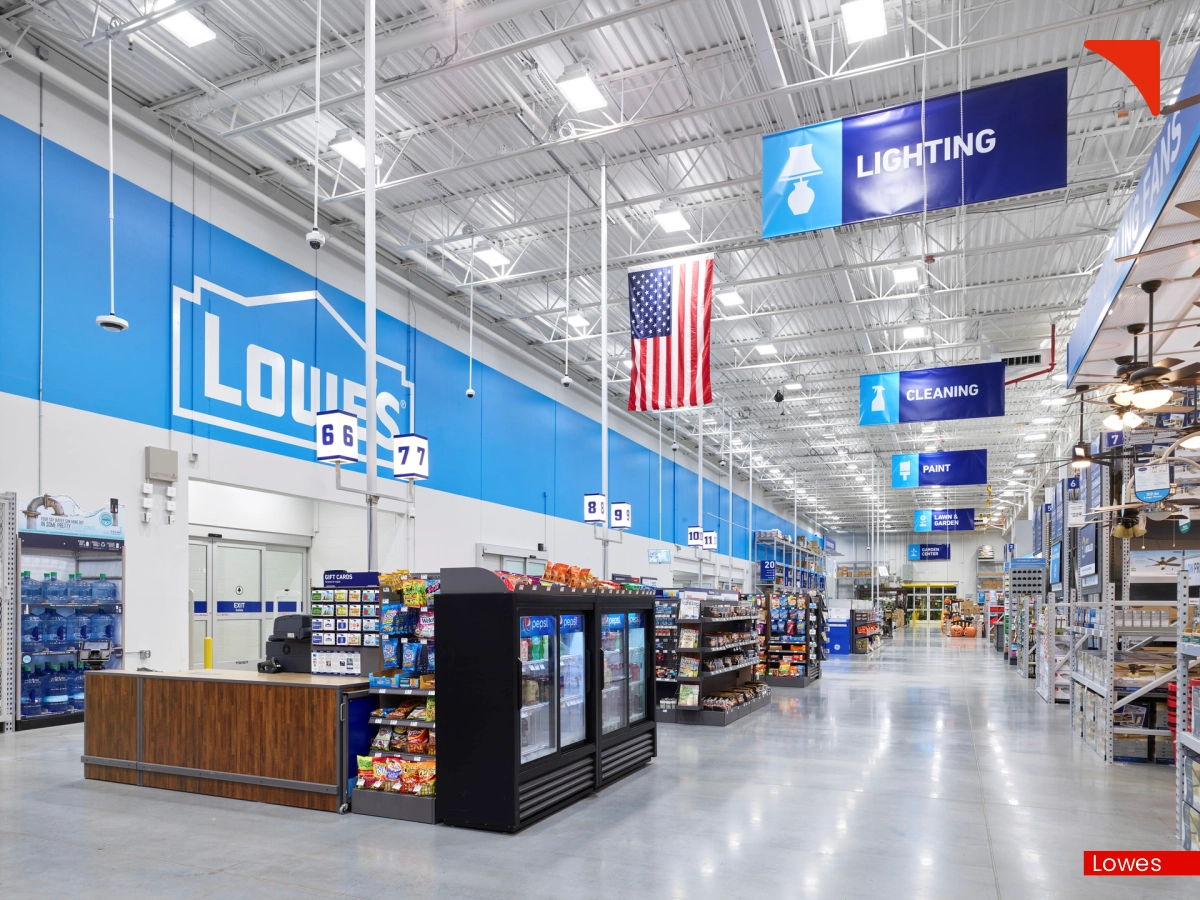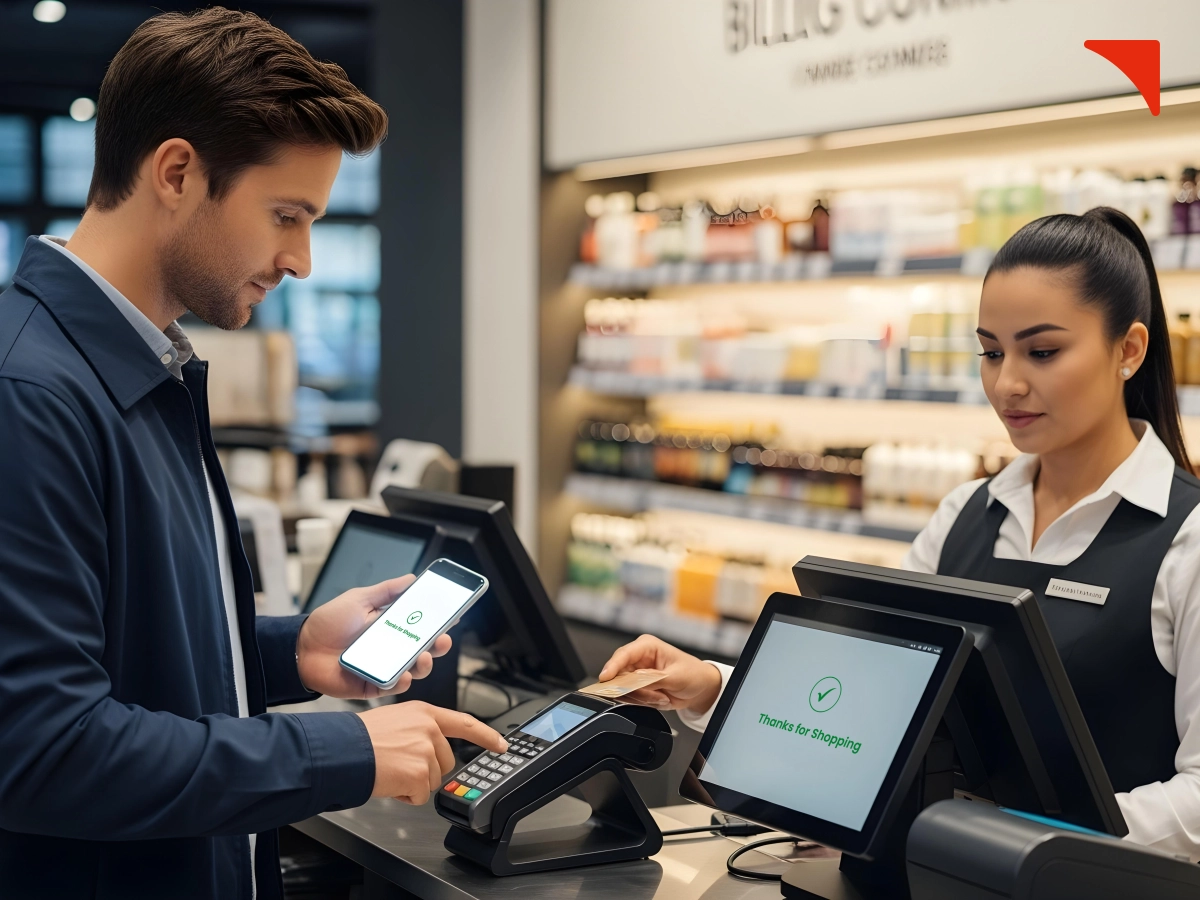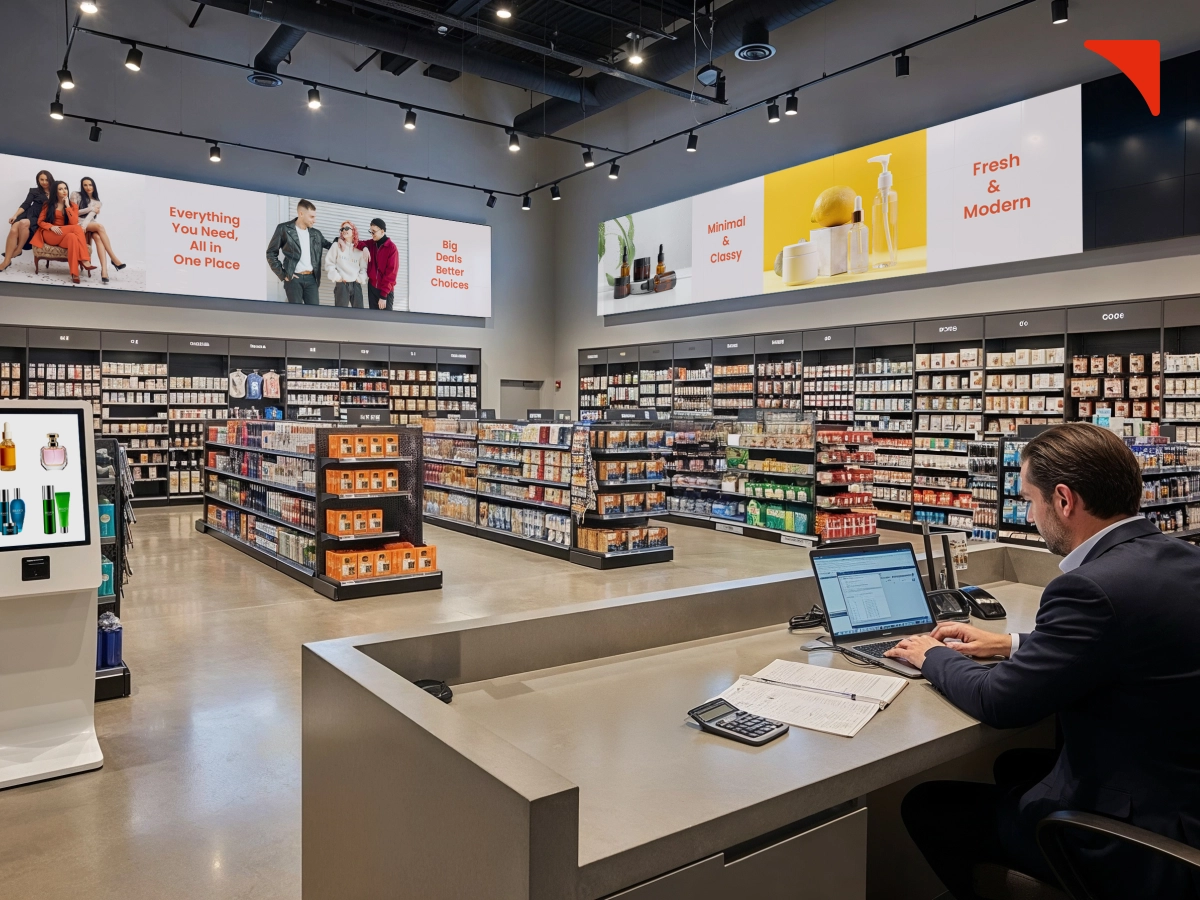LEVERAGING IOT AND SENSOR DATA FOR SMARTER EXPERIENCE CENTER DESIGN!

In this rapidly evolving era where customers seek new ways of engagement, experience centers act as significant retail hubs. This retail format is increasingly being used by brands to seamlessly foster meaningful, multisensory connections with their existing and target customers.
However, creating an effective layout that maximizes engagement, flow, and conversions is not as easy as it seems to be. Instead, it is a science that is increasingly influenced by the Internet of Things (IoT) and sensor data. By transforming passive spaces into responsive, data rich environments, brands aren’t just optimizing the customer journey but instead, they are also unlocking entirely new strategic capabilities.
The Problem with Traditional Layout Planning

A long time back, experience center design was developed on the basis of intuition, generic customers journey maps, and post visit surveys. These methods definitely had certain advantages, but considering the present scenario, they lack real time feedback loops and also fail to account for subtle behavioral patterns.
According to a study by Deloitte, it was found that only 22 percent of companies utilizing traditional methods reported consistent success in achieving desired visitor outcomes in experiential spaces. On the contrary, brands/businesses that integrate IoT and real time sensor analytics into layout planning report up to a 40% improvement in visitor engagement, a 25% increase in dwell time, and a 30% higher rate of product interaction.
These numbers actually speak volumes about the untapped potential of intelligent space design that is powered by live data.
A Sensor Rich Canvas: What Gets Measured Gets Managed

IoT devices, including motion detectors, footfall counters, BLE beacons, RFID tags, environmental sensors, etc, allow brands to precisely see and manage visitor movement, interaction points, and even emotional responses proxies. By utilizing these tools, brands can convert every inch of their experience center into a source of insight.
Let us understand this with a real world example. Nikkei Research, a market research and consulting firm, and Kajima Corporation, a large construction and engineering company, executed LiDAR based sensors in Haneda Innovation City in Tokyo. The aim of this execution was to monitor pedestrian flow throughout the facility. The companies utilize their SKIA system in order to generate real time heat maps that identify movement patterns and high congestion zones, that too, without capturing personal data.
Just after a few weeks of this execution, they observed that certain public areas, such as the foot spa and sky deck, were experiencing irregular usage patterns despite being key attractions. Also, insights showed that some zones have very low visibility and footfall.
After making the required improvements and additions, these respective areas experienced improved traffic flow and user engagement that further helped facility managers optimize both staffing and layout decisions.
Layout as a Living Entity

Integrating Internet of Things while planning their experience center design can help brands seamlessly revolutionize their layouts from static entities into dynamic, evolving retail ecosystems. They can feed the gathered data through sensors to machine learning algorithms in order to pre determine bottlenecks, cold zones, and underperforming touchpoints. Also, they can consider utilizing these insights not just for periodic layout adjustments but also for real time adaptations during live events or high traffic scenarios.
For example, some retail brands have now started opting for AI powered spatial analytics platforms. They analyse the gathered behavioral data and further generate A/B tests of different layouts automatically. These platforms can determine how traffic will flow through different configurations and further recommend optimal placements for interactive displays or product showcases. In fact, companies can create a data bank and use it for different retail branding purposes.
Various studies have suggested that companies leveraging AI powered spatial analytics platforms report a 23% faster iteration cycle for layout testing. In addition, the respective companies also experience a 3x higher engagement rate in optimized configurations.
Seamless Integration with Omnichannel Strategy

Modern experience center design is not about developing isolated islands. Instead, they are important to a broader engagement model. Internet of Things helps retail brands bridge physical and digital boundaries by syncing sensor data with CRM, marketing automation platforms, and e-commerce systems.
For example, when a visitor engages with a product display, the enabled RFID sensors might trigger a follow-up email with a personalized offer. This will redirect that user’s browsing experience the next time they visit the brand.
According to a research by McKinsey, it was found that companies/organizations that integrate physical behavioral data with digital channels experience a 20 to 25 percent increase in lifetime customer value.
This fusion of online and offline aspects also allows brands to seamlessly measure how much influence a visit to an experience center had on customers and eventually their purchases.
Challenges and Considerations

Implementing IoT drive experience center design is not a journey that doesn’t include any hurdles. In fact, aspects like data privacy and infrastructure remain a significant concern. This becomes particularly relevant in regions that are governed by strict regulations.
In addition, infrastructure costs for sensor deployment and data integration can be significant upfront. But as the hardware cost is dropping steadily and cloud based analytics platforms are constantly reducing deployment friction, return on investment timelines are becoming increasingly favorable.
Furthermore, brands should establish interdisciplinary teams that mix spatial design expertise, data science, and behavioral psychology. This approach of establishing a human touch will ensure that the insights are contextualized and ethically applied.